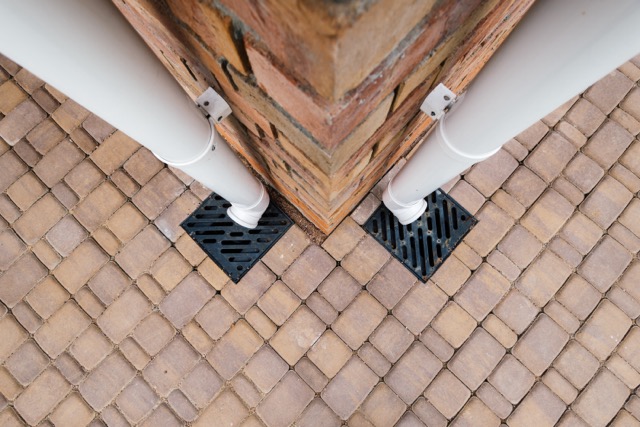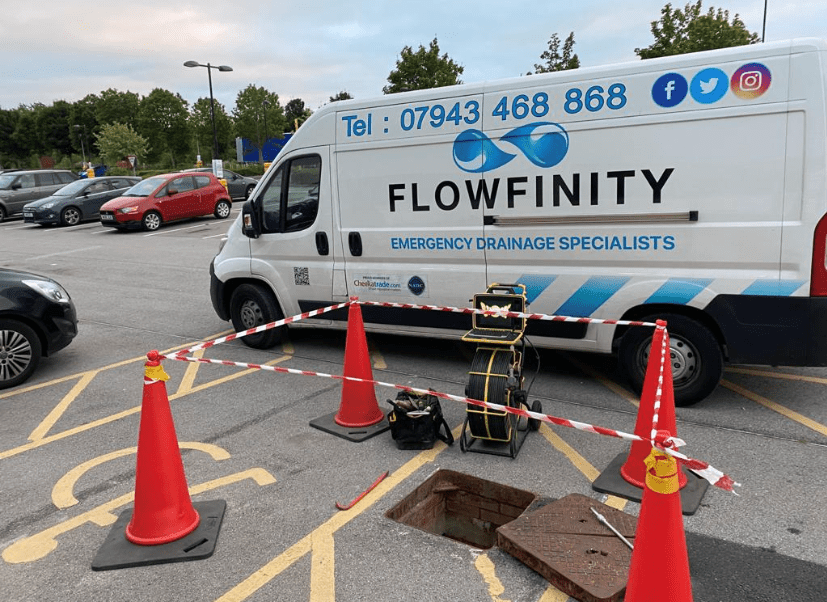
Commercial Drainage
Emergency drainage services
The value of your home and your insurance rates may be impacted by the existence of a public sewer. The marketability of the property may be impacted if potential buyers perceive the easement as a restriction. In addition, the possibility of sewer-related problems like clogs or structural damage may result in increased premiums from insurance companies.


